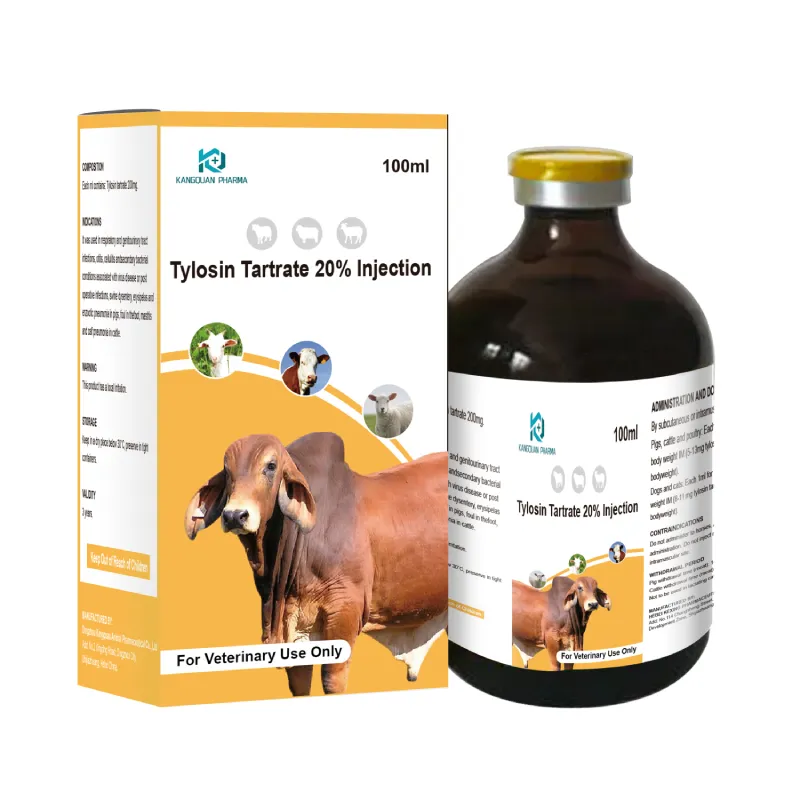- Afrikaans
- Albanian
- Amharic
- Arabic
- Armenian
- Azerbaijani
- Basque
- Belarusian
- Bengali
- Bosnian
- Bulgarian
- Catalan
- Cebuano
- Corsican
- Croatian
- Czech
- Danish
- Dutch
- English
- Esperanto
- Estonian
- Finnish
- French
- Frisian
- Galician
- Georgian
- German
- Greek
- Gujarati
- Haitian Creole
- hausa
- hawaiian
- Hebrew
- Hindi
- Miao
- Hungarian
- Icelandic
- igbo
- Indonesian
- irish
- Italian
- Japanese
- Javanese
- Kannada
- kazakh
- Khmer
- Rwandese
- Korean
- Kurdish
- Kyrgyz
- Lao
- Latin
- Latvian
- Lithuanian
- Luxembourgish
- Macedonian
- Malgashi
- Malay
- Malayalam
- Maltese
- Maori
- Marathi
- Mongolian
- Myanmar
- Nepali
- Norwegian
- Norwegian
- Occitan
- Pashto
- Persian
- Polish
- Portuguese
- Punjabi
- Romanian
- Russian
- Samoan
- Scottish Gaelic
- Serbian
- Sesotho
- Shona
- Sindhi
- Sinhala
- Slovak
- Slovenian
- Somali
- Spanish
- Sundanese
- Swahili
- Swedish
- Tagalog
- Tajik
- Tamil
- Tatar
- Telugu
- Thai
- Turkish
- Turkmen
- Ukrainian
- Urdu
- Uighur
- Uzbek
- Vietnamese
- Welsh
- Bantu
- Yiddish
- Yoruba
- Zulu
Dec . 07, 2024 07:56 Back to list
amoxicillin gentamicin injection
Amoxicillin and Gentamicin Injection A Comprehensive Overview
Amoxicillin and gentamicin are two powerful antibiotics that are often used together in clinical settings for the treatment of various bacterial infections. This combination leverages the unique mechanisms of action of each antibiotic, providing a broad spectrum of antimicrobial activity that can be particularly effective against certain resistant pathogens.
What Are Amoxicillin and Gentamicin?
Amoxicillin is a penicillin derivative, classified as a beta-lactam antibiotic. It inhibits bacterial cell wall synthesis, leading to cell lysis and death. Amoxicillin is effective against a wide range of gram-positive bacteria and some gram-negative organisms. It is commonly prescribed for infections such as pneumonia, bronchitis, and urinary tract infections.
Gentamicin, on the other hand, is an aminoglycoside antibiotic. It works by binding to bacterial ribosomes, disrupting protein synthesis and ultimately leading to bacterial cell death. Gentamicin is particularly effective against a variety of gram-negative bacteria and is often used in combination therapies for serious infections, such as sepsis or complicated urinary tract infections.
The Importance of Combination Therapy
Combining amoxicillin and gentamicin can enhance the effectiveness of treatment. There are several reasons why healthcare providers may choose this combination
1. Synergistic Effect The two antibiotics work through different mechanisms, which can lead to a heightened antibacterial effect when used together. This synergy can help overcome the challenges posed by antibiotic-resistant bacteria.
2. Broad Spectrum The combination covers a wider range of pathogens than either drug alone. This is particularly useful in empirical therapy, where the exact causative organism has not yet been identified.
3. Reduction of Resistance Development Using two antibiotics may reduce the risk of bacteria developing resistance. This is crucial in an era where antibiotic resistance is a growing concern.
amoxicillin gentamicin injection

4. Increased Efficacy in Serious Infections In cases of severe or life-threatening infections, combining these antibiotics can increase the likelihood of successful treatment, especially in immunocompromised patients or those with complicated infections.
Indications for Use
The amoxicillin and gentamicin injection is indicated for various conditions, including
- Severe Bacterial Infections Such as those caused by Escherichia coli or Klebsiella pneumoniae, particularly when there is a risk of resistant strains. - Intra-abdominal Infections Often when polymicrobial infections are suspected, where both gram-positive and gram-negative bacteria must be targeted. - Urinary Tract Infections In cases where the infection is complicated or caused by resistant bacterial strains. - Respiratory Tract Infections Particularly in severe cases such as pneumonia, where pathogens of varying sensitivity may be involved.
Administration and Dosage
The amoxicillin and gentamicin injection is typically administered in a hospital setting. The dosage of each antibiotic can vary based on the patient's age, weight, kidney function, and severity of the infection. It is crucial for healthcare providers to monitor patients closely to adjust dosages appropriately and manage potential side effects.
Potential Side Effects
As with any medication, the combination of amoxicillin and gentamicin can lead to adverse effects. Common side effects include gastrointestinal disturbances, allergic reactions, and nephrotoxicity associated with gentamicin, which necessitates monitoring of kidney function during treatment. Additionally, both antibiotics can disrupt the normal flora of the gut, potentially leading to superinfections by resistant organisms.
Conclusion
The use of amoxicillin and gentamicin injections embodies the evolving landscape of antibiotic therapy. By combining these two antibiotics, healthcare providers can leverage their synergistic effects to combat serious bacterial infections more effectively, particularly in an era of increasing antibiotic resistance. Nevertheless, the decision to use this combination must be carefully weighed against potential side effects and the individual patient's clinical scenario. Ongoing research and clinical trials continue to inform best practices for the use of this effective combination in treating bacterial infections.
-
Guide to Oxytetracycline Injection
NewsMar.27,2025
-
Guide to Colistin Sulphate
NewsMar.27,2025
-
Gentamicin Sulfate: Uses, Price, And Key Information
NewsMar.27,2025
-
Enrofloxacin Injection: Uses, Price, And Supplier Information
NewsMar.27,2025
-
Dexamethasone Sodium Phosphate Injection: Uses, Price, And Key Information
NewsMar.27,2025
-
Albendazole Tablet: Uses, Dosage, Cost, And Key Information
NewsMar.27,2025













